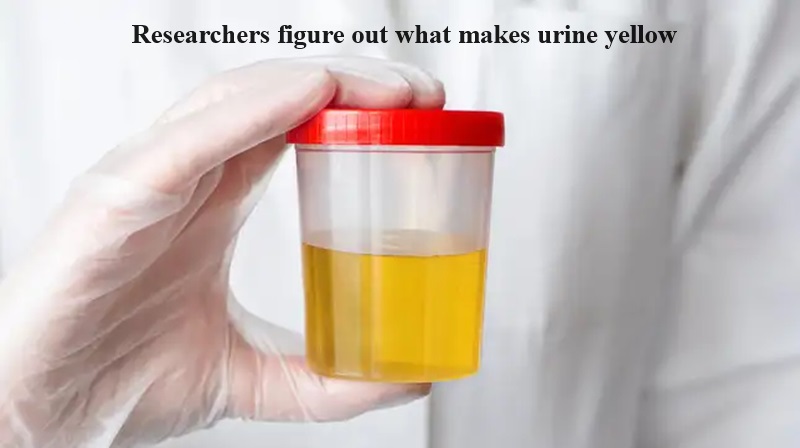
Scientists have finally unraveled the mystery behind the yellow color of urine, a longstanding puzzle that has confounded researchers for years. In a study published in the journal Nature Microbiology, Brantley Hall, an assistant professor in the University of Maryland’s Department of Cell Biology and Molecular Genetics, and his team elucidate the series of events that lead to the yellow hue of urine and shed light on why it took so long to decipher.
Urine, the ultimate product of the body’s natural drainage system, comprises excess water and waste filtered out of the blood by the kidneys. Among these waste products are dead cells, including red blood cells (RBCs) that carry oxygen through the body via the compound haemoglobin. The degradation of red blood cells produces a compound called heme, setting off a cascade of events that ultimately results in the yellow coloration of urine.
While scientists have long known that urobilin is the primary chemical responsible for urine’s yellow color, the specific steps leading to the presence of urobilin in urine remained uncertain. Hall’s study clarifies the role of gut bacteria in breaking down heme byproducts, which contributes to the yellow tint of urine.
As red blood cells degrade, they produce a bright orange pigment called bilirubin. In the gut, resident flora can convert bilirubin into a molecule that turns yellow when exposed to oxygen. This molecule, urobilin, emerges as a major contributor to the yellow color of urine, according to Hall.
The study introduces a newly identified enzyme responsible for this process, named bilirubin reductase or BilR. BilR, with the assistance of Firmicutes and other gut bacteria in the large intestine, breaks down into urobilinogen, which then transforms into urobilin when exposed to air. The research also emphasizes the crucial role of BilR in the gut microbiomes of healthy adults.
Hall acknowledges the challenges of studying gut microbiomes, noting that the low-oxygen environment of the gut makes it difficult to cultivate and experiment on the bacteria. This difficulty in studying gut microbes contributed to the prolonged quest to understand the mechanism behind the yellowing of urine.

Post Your Comments